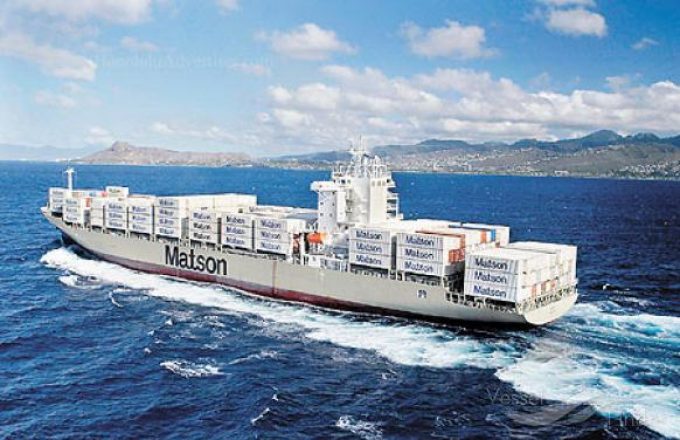HMM plans capacity boost as it focuses on port infrastructure
South Korea’s flagship carrier HMM is mirroring other lines in the market with plans to ...

HMM tops the emissions rankings for the US west coast-Far East tradelane, according to Xeneta’s latest ‘naming and faming’ list – though the results have damning implications for American Jones Act carrier Matson.
Following recent criticisms of the IMO’s CII as an ‘own-goal’, on ...

Comment on this article